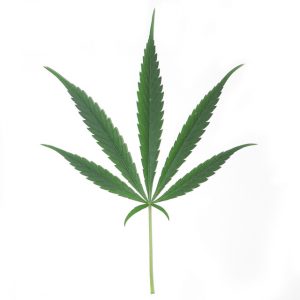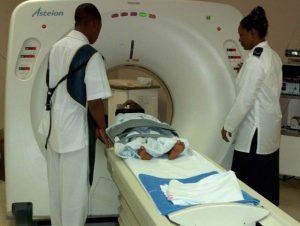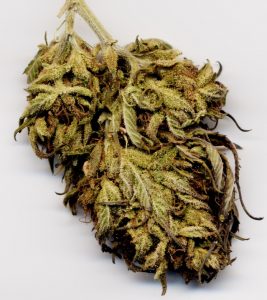Marijuana and the Opioid Crisis: A Tale of Two Countries
In the fight for medical marijuana, there has been no more compelling of a battleground than opioid addiction. Both U.S. and Canadian governments have dubbed the rapid increase in overdoses to be a crisis or epidemic. Meanwhile, cannabis has demonstrated itself to be the potential key to unlocking the addictive cycles, adding to the urgency in passing more effective medical marijuana laws. In New York, emergency rules have been put in place to allow medical marijuana as an opioid replacement. Yet in Ontario, where medical marijuana is permitted at the federal level for a variety of conditions, workers are still having opioids pushed on them.
than opioid addiction. Both U.S. and Canadian governments have dubbed the rapid increase in overdoses to be a crisis or epidemic. Meanwhile, cannabis has demonstrated itself to be the potential key to unlocking the addictive cycles, adding to the urgency in passing more effective medical marijuana laws. In New York, emergency rules have been put in place to allow medical marijuana as an opioid replacement. Yet in Ontario, where medical marijuana is permitted at the federal level for a variety of conditions, workers are still having opioids pushed on them.
New York state Department of Health recently added opioid dependency to the list of 12 other conditions that qualify patients for medical marijuana recommendations, according to Marijuana Moment. Chronic pain, one of the key issues opioids are used to treat, is already on the list, but specifically adding opioid substitution gives doctors the freedom to recommend cannabis to those with opioid addictions regardless of the reason they started taking them. Officials are hoping this strategy reduces the number of opioid deaths, noting that states with pro-medical marijuana laws on the books have seen a 30 percent drop in opioid prescriptions for Medicaid users. Continue reading
 Cannabis Law Group's Medical Marijuana Legal Blog
Cannabis Law Group's Medical Marijuana Legal Blog





 Oklahoma recently became the 30th state to approve some form of medical marijuana, a significant step in proving cannabis support is a non-partisan issue and that old-school propaganda tricks aren’t working to scare an informed electorate anymore.
Oklahoma recently became the 30th state to approve some form of medical marijuana, a significant step in proving cannabis support is a non-partisan issue and that old-school propaganda tricks aren’t working to scare an informed electorate anymore. Americans not only support cannabis in theory, but also in practice.
Americans not only support cannabis in theory, but also in practice.  treatments. University of Utah is planning a $740,000, two-year study on how marijuana affects the brain and why it affects some people differently. UC San Diego, meanwhile, received a cool $4.7 million to research the effects of cannabidiol (CBD) in the treatment of autism. The university said it is the largest private donation for medical cannabis research in U.S. history, according to
treatments. University of Utah is planning a $740,000, two-year study on how marijuana affects the brain and why it affects some people differently. UC San Diego, meanwhile, received a cool $4.7 million to research the effects of cannabidiol (CBD) in the treatment of autism. The university said it is the largest private donation for medical cannabis research in U.S. history, according to 
 to the
to the  catching up to what California and our trusted attorneys have known for a long time: That marijuana is a safe and effective treatment for many illnesses and ailments. So safe, in fact, that laws are expanding to open up marijuana for recreational consumption as well, with California implementing
catching up to what California and our trusted attorneys have known for a long time: That marijuana is a safe and effective treatment for many illnesses and ailments. So safe, in fact, that laws are expanding to open up marijuana for recreational consumption as well, with California implementing  treatment from their vet?
treatment from their vet? children who benefit from it, there comes a question of who is really being protected.
children who benefit from it, there comes a question of who is really being protected. bill that would prevent employers from discriminating against employees because they use cannabis for medical purposes was recently introduced by Assemblyman Rob Bonta (D-Oakland), according to
bill that would prevent employers from discriminating against employees because they use cannabis for medical purposes was recently introduced by Assemblyman Rob Bonta (D-Oakland), according to